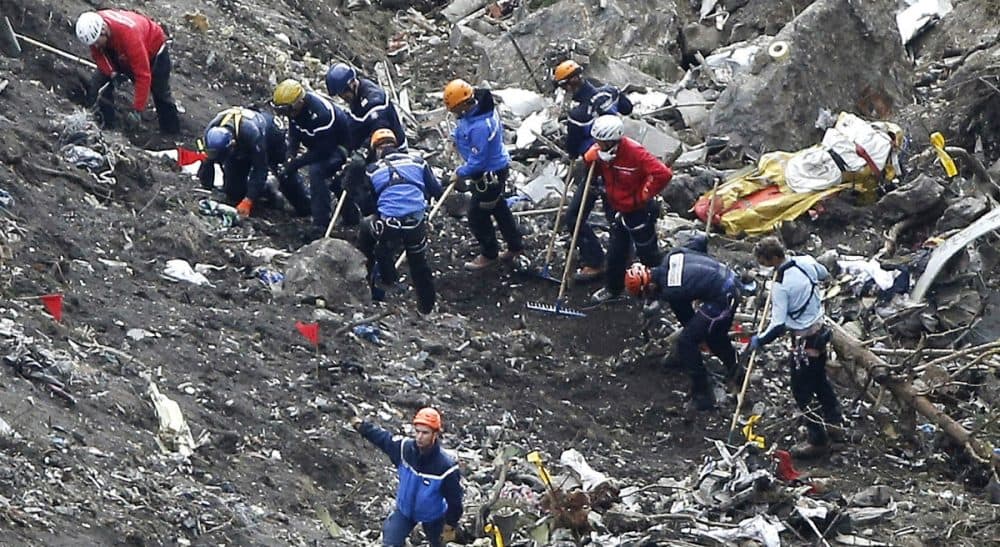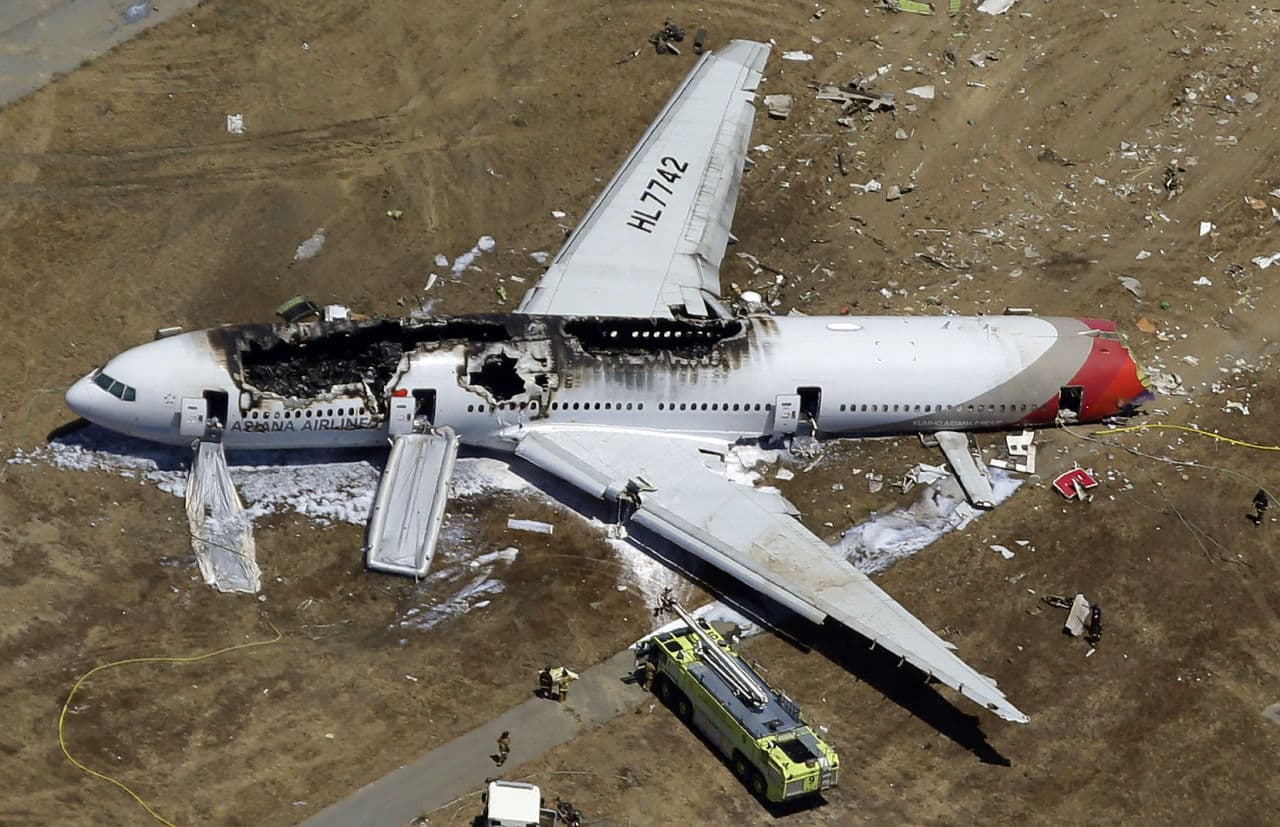Advertisement
Is It Time For Pilotless Planes?

I’ve been a pilot for more than 20 years. Not professionally, but recreationally, with an instrument rating that allows me to fly in clouds and poor weather. I fly out of Norwood Memorial Airport. The airplane I fly is a small, single-engine Piper. The plane has GPS and an autopilot — nothing too fancy, but enough to hold an altitude, fly a designated heading, and even descend along a glide path to the runway that has an instrument landing system.
The job of flying has increasingly become that of a systems operator, with computers doing more of the actual flying than the pilots.
Every few months, I go flying with an instructor, a friend of mine named Cliff, who flies for the airlines. Cliff is very good at what he does.
When we fly, Cliff won’t allow me to use the autopilot. The point is to prove to him, and, moreover, to myself, that I still have the skills to read the gauges, manage the engine and navigate the plane. Basic stuff, and doing so brings me great satisfaction.
Like Cliff, I love to fly, and have a hard time understanding anyone who doesn’t.
But now, given the Germanwings crash and the disappearance of Malaysia Airlines Flight 370, I have to wonder if it might be time to consider the idea of fully automated airliners. If, as suspected, these planes were deliberately brought down by their pilots, these crashes add to a raft of crashes in which the pilots lost control of their planes because they failed to respond to or correctly manage the technology they relied on to help them guide the aircraft. This includes Air France Flight 447 in 2009, which killed 228 people; Asiana Airlines Flight 214 in 2011, in which three people died and 181 were injured; and the crash of Colgan Air Flight 3407 in 2009, in which all all 49 persons aboard were killed.

Late last year, a study reported that, as flying has become more automated, pilots’ basic flying skills have degraded. The job of flying has increasingly become that of a systems operator, with computers doing more of the actual flying than the pilots. And not every airline pilot is like Cliff, who lives and breathes flying, both on the job and in his spare time. For many pilots, flying is just a job, much of it really boring. Sure, improved training might help prevent the kind of accidents in which pilots fatally mismanage the technology, but it will do nothing to stop a pilot hell-bent on destruction.
It’s entirely possible that on your last flight, from the moment the plane lifted off the runway to the moment it pulled off the runway at your destination, the flying was all done by autopilot.
To a lot of us, the idea of a pilotless plane seems a bit disquieting. Who’s going to land the plane if things go wrong? We already ride on trains without engineers and are preparing for driverless cars. Why not pilotless airliners? The technology is there. Military drones are operated remotely from thousands of miles away. It’s entirely possible that on your last flight, from the moment the plane lifted off the runway to the moment it pulled off the runway at your destination, the flying was all done by autopilot. The leap to make this a reality is more one of faith.
There’s an old joke among aeronautical engineers: The cockpit of the future will feature a man and a dog. The man is there to feed the dog; the dog is there to bite the man if he touches anything.
